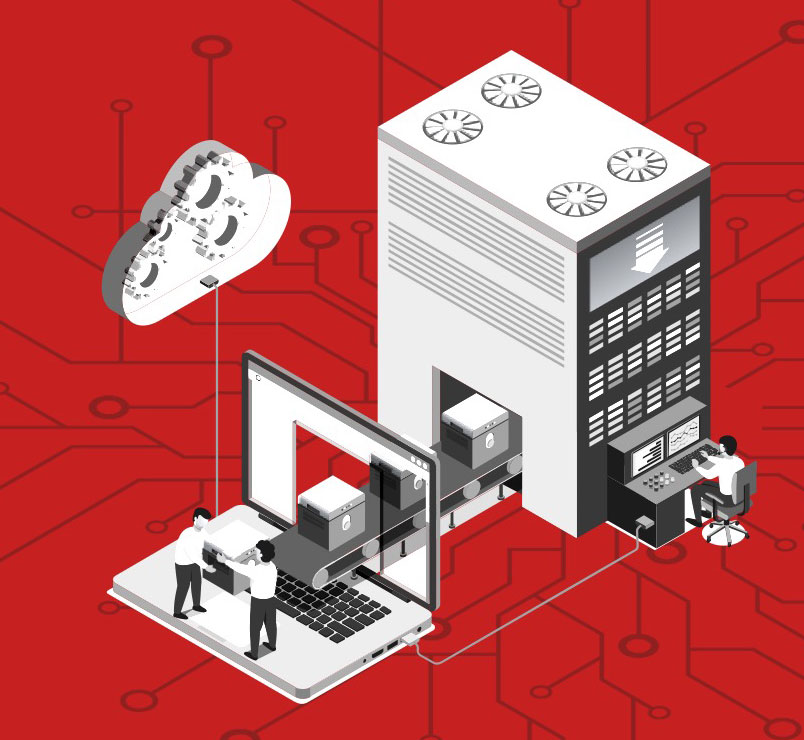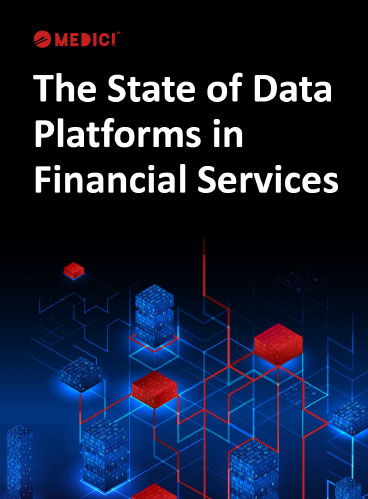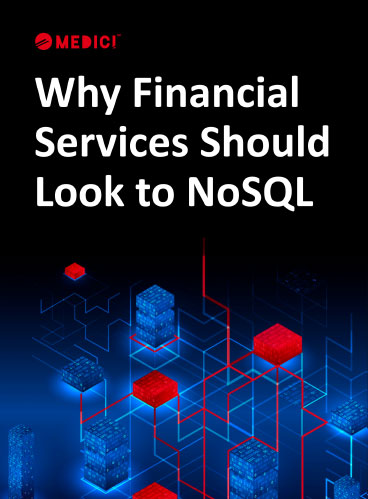How well does your Data Architecture Stack up?
Learn how leading financial institutions are scaling their data architectures to meet online customer demands
Explore the following topics:
Your company is already digitally transforming and seeing increased loads with the new normal. Yet budget limits, SLA pressure, delighting customers online, and fraud – none of these are diminishing, if anything, they’re accelerating.
As financial services sees customers increasingly transacting online and via mobile, there is increased opportunity for good and bad. With a nimble data architecture, you can anticipate their needs, avoid churn, and upsell them.
Yet fraudsters are also probing on new accounts and increased levels of digital payment. Efficiently leveraging edge-based data across sources and mining systems of record data both in real-time can service all these needs. Legacy systems need upgrading and first generation new technologies are limiting.
Any new initiative needs to be deployed seamlessly and work within an existing infrastructure – without stressing budgets.

The State of Data Platforms in Financial Services
The explosion of data sources, data sets, and formats is causing legacy infrastructures to strain to connect across application silos. The advent of web-scale applications means that systems need to be on-demand (24x7x365), highly resilient, highly scalable, and often fully distributed. These demands for availability are at odds with maintaining data integrity. Additional challenges posed by legacy infrastructure, such as difficulty in transitioning from mainframes to distributed workloads, and the absence of real-time data processing all have an impact on performance and intended business outcomes. Infrastructures need to shift from batch to real-time processing and tight millisecond SLA windows. Caching layers built on top of operational layers often lead to scaling, cost, and operational stresses.
Why Financial Services Should Look to NoSQL
There are several advantages that NoSQL offers over traditional databases for a financial institution. The ability to handle structured and unstructured data formats, ease of connecting legacy systems with new, speedier front-end systems, horizontal scaling, and faster implementation are some of the points that are explored in detail.
These advantages translate to better performance in the various functions of a financial institution ranging from fraud prevention, better customer service and customer 360, targeted marketing, data analytics, and real-time digital identity verification.

Why Aerospike NoSQL for Financial Services
Aerospike is able to help financial institutions consume data from multiple sources inside and outside the enterprise. These include structured data from sources like enterprise systems, market systems, and government databases, as well as unstructured data from social networks and media.
Aerospike customers in financial service have seen 90% reduction in payment and identity fraud, and 60% reduction in infrastructure costs.
Our clients also use us to power their customer 360, pre-trade risk reduction, recommendation engines, as well cache layer consolidation and mainframe offloading.
Aerospike customers in financial service have seen:
Aerospike’s global line-up of customers

A Top 3 Global
Brokerage Firm



A Top 3 Global
Payments Company
PayPal Puts Data at the Heart of its Fraud Strategy with Aerospike
Extreme Scale Computing for Real-time Decisioning without Breaking the Bank

- Meet 99.5% of fraud calculation SLAs
- 10X improvement in fraud calculation data
- TCO reduction of over 80% in 5 years
- Each node supports up to 4X as much data per node
- 5X throughput improvement scaling
Needing to be able to more quickly process and analyze its data to identify emerging fraud patterns in real-time, PayPal sought to quickly build a real-time decisioning platform that was highly effective while minimizing end-user friction.
PayPal began its partnership with Aerospike in 2015 to take advantage of its Hybrid Memory Architecture™. Faced with managing 8 petabytes of data, PayPal enlisted Aerospike and it’s ability to partner with the latest Intel® Optane™ DC Persistent Memory for additional benefits for its fraud prevention solution.
“Prior to Aerospike, we were using another in-memory database and running into challenges in terms of the cost of scaling. We needed to seamlessly leverage both the memory and disk in such a way that it can guarantee a consistent performance. We moved to Aerospike for its hybrid memory architecture to leverage next generation memory and SSDs to their fullest advantage.”
Sai Devabhaktuni Sr Director of Engineering, PayPal
Powered By:



Developing highly scalable applications with Aerospike at Schwab
The goal in developing highly scalable applications at Schwab is to develop faster, cheaper and highly scalable solutions. Schwab went live with Aerospike in 2015, and currently leverages Aerospike as a read-intensive cache, a write-intensive intraday operational data store, and as a System of Record for new applications that generate a lot of data. Learn about the journey Schwab has taken with Aerospike and the business capabilities delivered.


